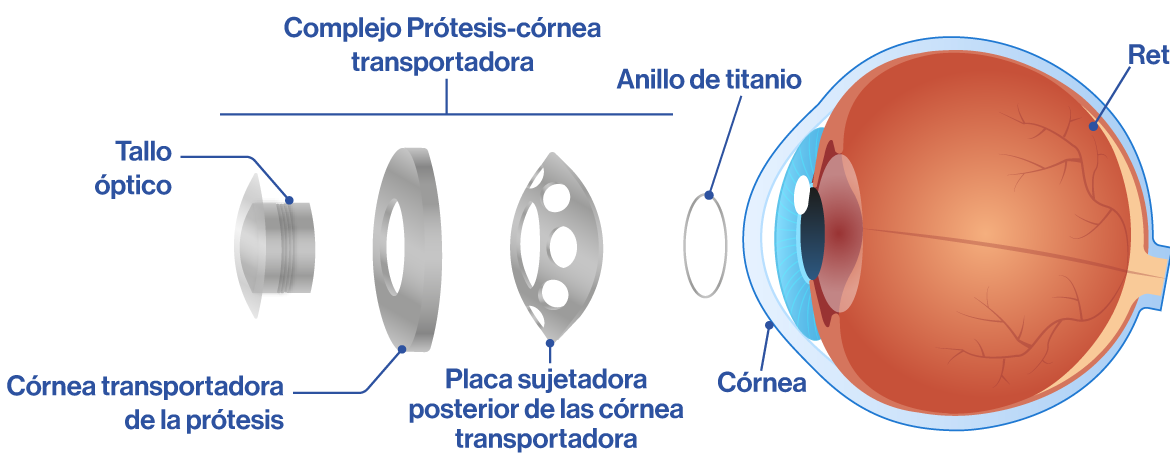A new study by Jonathan Paul Lacanilao, Clara Álvarez de Toledo, Ma. Domingui Padilla, and María Fideliz De la Paz shows that the use of oral mucosa can become a key ally in Boston keratoprosthesis (Boston KPro) surgery.
What does this mean?
In particularly complex cases — such as severe dry eye, chemical burns, congenital aniridia, or autoimmune diseases — oral mucosa can be used as an additional covering. This helps improve treatment outcomes and reduce the risk of complications, such as implant extrusion.
Why is this important?
- A more accessible alternative compared to other methods (e.g., osteo-odonto-keratoprosthesis).
- Less steep learning curve for surgeons.
- Provides better cosmetic results.
- Preserves the possibility of future retinal or glaucoma surgeries.
Conclusion
The combination of the Boston keratoprosthesis with oral mucosa represents a simpler, safer, and more aesthetically favorable option for patients who previously had very limited alternatives.
An example of how surgical innovations continue to transform ophthalmology and improve patients’ quality of life.



